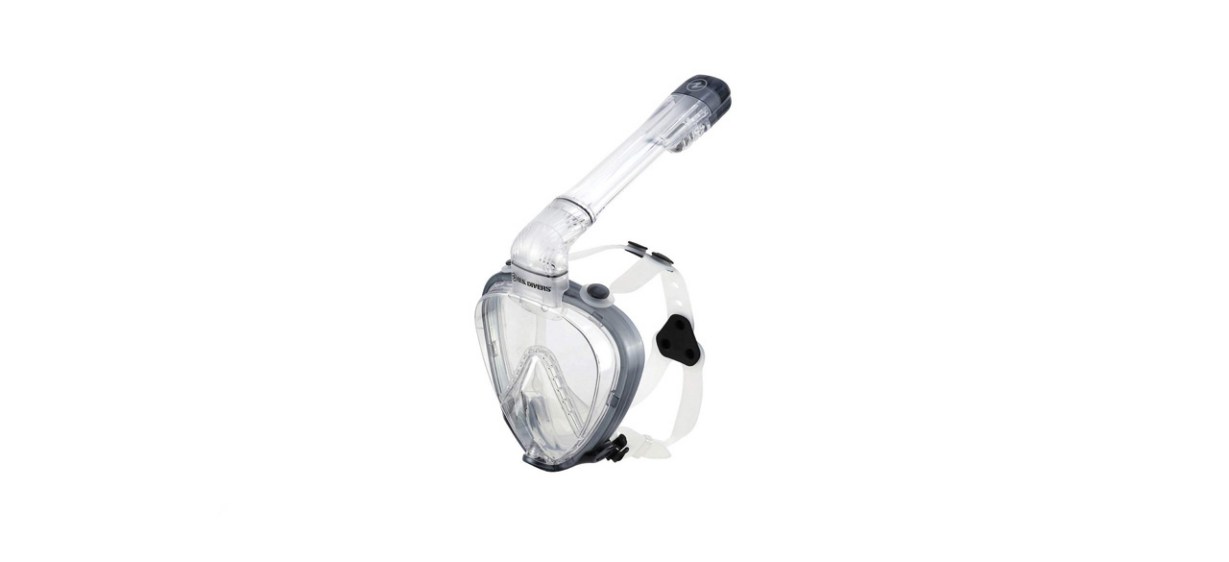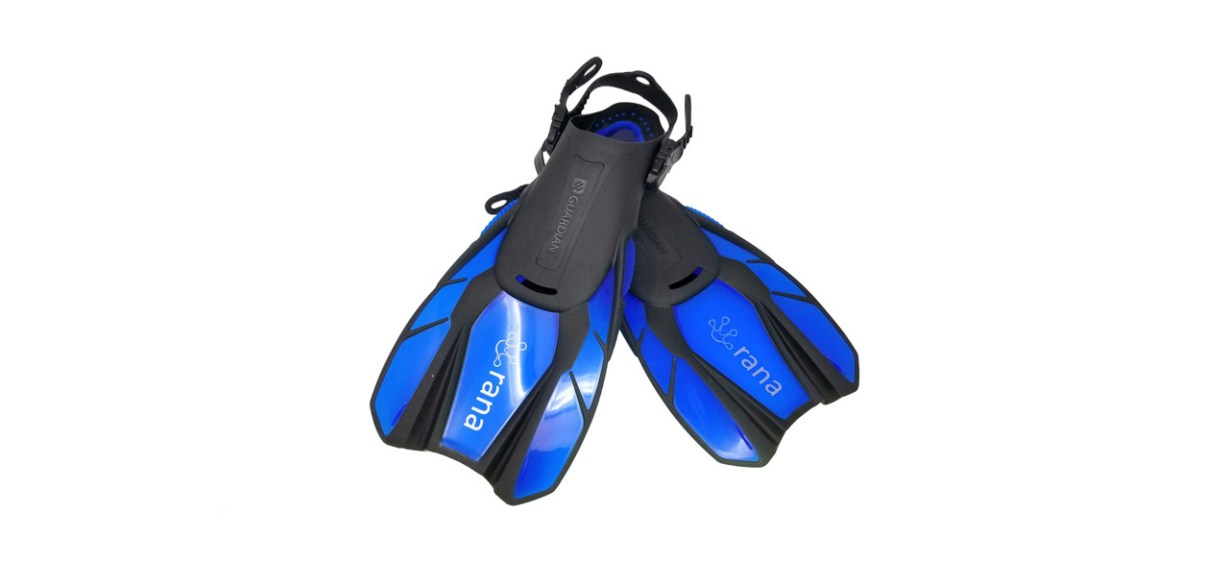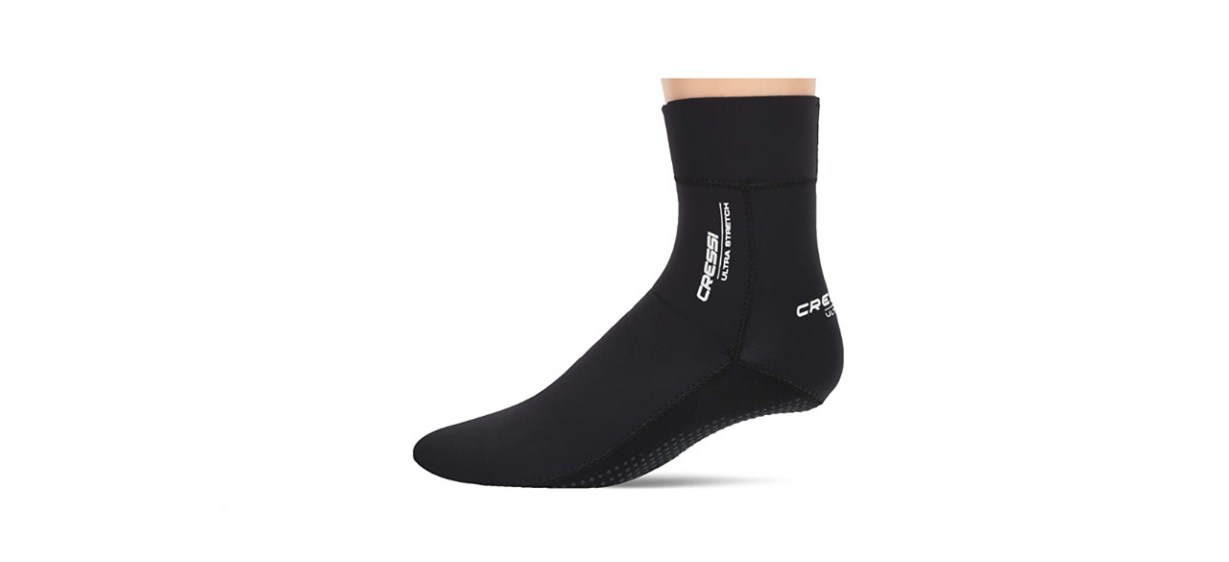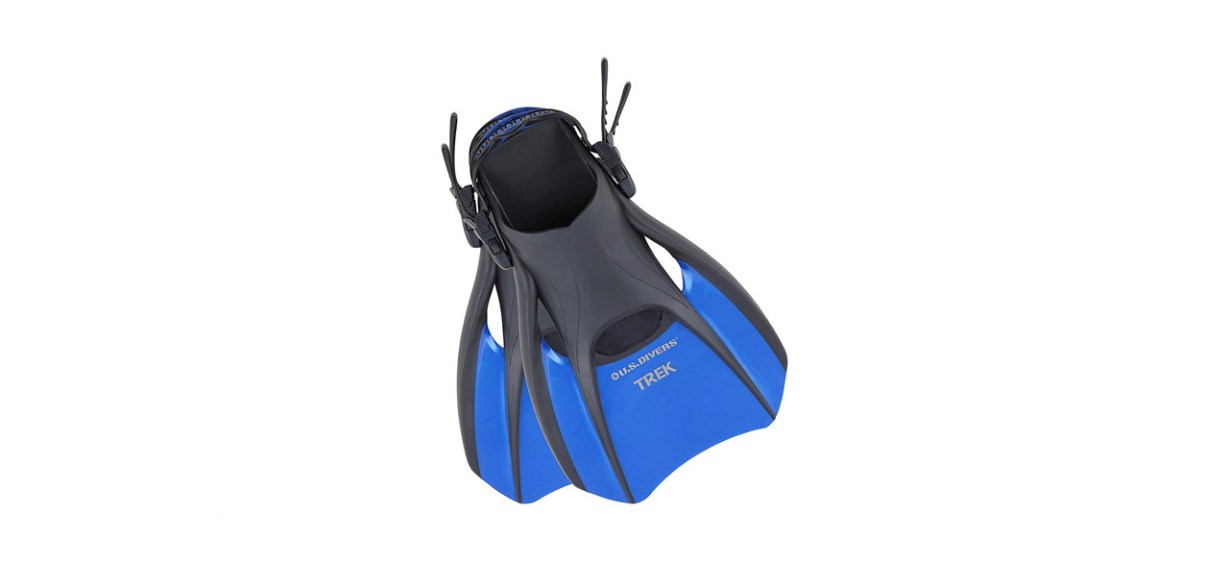Tips for beginner snorkeling
With little equipment and a few precautions, snorkeling opens up a world of exploration just under the water’s surface. Whether in a nearby lake or a tropical coral reef, it’s an accessible, exciting way for all ages to adventure into nature.
Snorkeling welcomes beginners due to its low learning curve, though it still calls for some preparation and practice.
How to snorkel
Snorkeling is fairly straightforward once you get used to it. You swim at the surface of the water wearing a mask that helps you see below, with an attached tube that allows you to breathe the air above. With fins attached to your feet, you glide in the water and observe what you want for as long as you want. Breathing regularly, filling your lungs with air and slowly swimming along keeps your body afloat.
The simplicity of snorkeling belies the opportunity and wonder that awaits, especially for more experienced snorkelers. With practice, you can dive down to explore deeper. You hold your breath and, upon returning to the surface, you blow out the water that’s filled your breathing tube.
Depending on where you swim, you can observe countless kinds of marine life, and with the right equipment, take underwater videos and pictures, including selfies.
Snorkeling tips
Acquiring equipment
- Mask. The first piece of equipment you need is a proper snorkel mask. The classic mask fits over your eyes and nose; it comes with a snorkel tube that attaches to the side of the mask and adjusts for the best fit. A more modern mask is the “one-lens” or full-faced mask: it covers your mouth as well, and the snorkel is built into the top of it. The mask should fit snugly and comfortably; test it out beforehand to ensure no water enters from any side.
- Fins. Snorkel fins propel you in the water, and most beginners will do well with standard full-footed fins that slip on like a shoe. Like the mask, the fins should feel snug, yet painless. More advanced snorkelers may prefer adjustable fins in which the heel is open and the foot secured with a single strap. Concerning length, longer fins are heavier and more cumbersome but offer more power, while shorter fins provide increased maneuverability. Shorter fins are better for beginners.
- Rash guard. Even on a cloudy day, the sun can penetrate through water and harm your skin. Your back, thighs and calves are especially vulnerable. Don a rash guard to protect against ultraviolet rays and wear waterproof, reef-safe sunscreen, applying it at least 15 minutes before heading into the sun.
- Fin socks. Though not necessary, fin socks provide extra protection for your feet. They are useful if you’re wading out into the water from the beach before putting on your fins. They also come in handy should you brush up against anything while swimming, especially when wearing adjustable fins.
Preparing
- Practice breathing. It takes time to adjust to inhaling and exhaling through a snorkel. Practice in shallow water, breathing normally and getting used to the feel. Also try blowing out water from your snorkel. Even if you don’t plan on diving, water still may get into your breathing pipe, so be ready and comfortable blowing it back out to carry on without interruption.
- Beware of fog. Masks can fog underwater, but there are a few simple ways to prevent that, including using a mask-specific defogging spray. Simple alternatives include scrubbing with toothpaste and hot water or using a solution of water and baby shampoo. In a pinch, your saliva helps momentarily.
- Scout the location. It’s important to know the water current, weather patterns and marine life of the area you’re visiting. Currents, waves and tides can pose a problem for even the strongest of swimmers. What’s more, know what plants and animals you’re likely to encounter. While you shouldn’t touch any of them, some are more dangerous than others.
- Don’t go solo. For safety reasons, always snorkel with at least one other person.
In the water
- Keep your bearings. If you’re snorkeling in open water around a reef, keep in mind where you are in relation to others and the boat, shore or dock you’ll return to. Snorkeling can be tiring if you’re frequently diving, turning or moving fast, so don’t wander too far.
- Observe, don’t touch. For those snorkeling in nature, watch and record what’s happening, but avoid touching. Coral and plants in particular are highly vulnerable to human interaction. Some can be harmful to you as well.
- Relax. Snorkeling can be calming, slowly floating along the top of the water without calling for too much effort. Breathing normally and slowly moving your fins will take care of everything.
- Seek assistance. Don’t be afraid to use a flotation device of any kind if you feel you need additional support. Snorkeling is meant to be explorative and enjoyable.
- Don’t stand. Particularly when snorkeling in shallow water, it can be tempting to stand up to take a break. Even if it’s just your fins touching what seems like a plain rock, you could damage the environment around you. What’s more, standing is a bad habit to rely on to catch your breath, as you won’t always have that opportunity.
After snorkeling
- Hydrate. Most water activities don’t seem as draining as they actually are, so be sure to stay hydrated afterward. Continue drinking water or other replenishing beverages throughout the day.
- Rinse. If snorkeling in a pool or the ocean, be sure to thoroughly rinse yourself and your equipment with water to remove chlorine or salt. Use mild dish soap to fully cleanse your gear.
- Reapply sunscreen. The sunblock you wore is likely gone now, so dry off and reapply if you’re staying out.
What you need to buy for snorkeling
This light, inexpensive snorkel mask comes from a trusted brand. The material is soft on the skin and keeps out water for a comfortable, safe swim.
Where to buy: Sold by Amazon
This versatile pair of fins caters to those both new and familiar with snorkeling. The short, wide design increases dexterity in the water; the light weight and smaller sizes makes them easy to travel with as well.
Where to buy: Sold by Amazon
Want to shop the best products at the best prices? Check out Daily Deals from BestReviews.
Sign up here to receive the BestReviews weekly newsletter for useful advice on new products and noteworthy deals.
Anthony Marcusa writes for BestReviews. BestReviews has helped millions of consumers simplify their purchasing decisions, saving them time and money.
Copyright 2022 BestReviews, a Nexstar company. All rights reserved.






